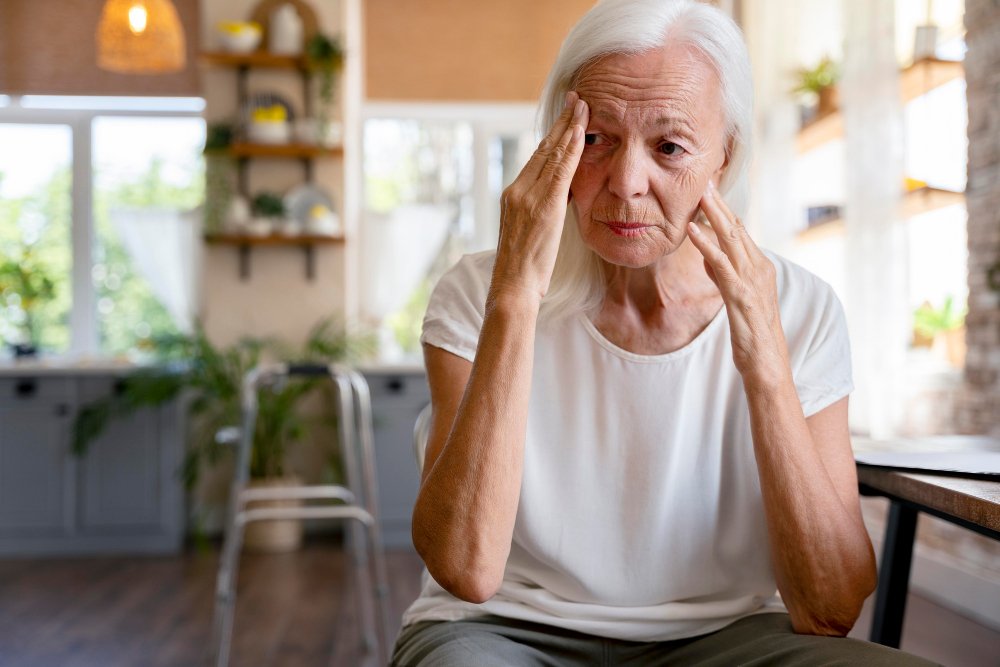Imagine chatting with your friends on a quiet afternoon. He suddenly realizes that he can’t follow the logic of the group. Words are running out of your head and expressing yourself feels like a challenge. When it’s time to say goodbye, he forgets the name of one of them, even though they’ve known each other for years. When she goes home later, she feels confused as she doesn’t know how to get to where she lives.
Forgetfulness, mental confusion and communication difficulties are some of the symptoms of Alzheimer’s, a disease that affects 1.2 million Brazilians, according to the Ministry of Health.
Yet there is no curedrugs available today can stabilize the patient’s condition. That’s what explains Ivan Okamoto, neurologist at the Memory Center (Nemo) at the Israeli Albert Einstein Hospital.
“We don’t have current drugs that reverse this process in the brain, but they can minimize the impact of the disease. Previously, it took 8 to 10 years between patient independence and dependence. Today we’re talking 14-18 years old,” he says.
What is Alzheimer’s treatment like today?
Therapy depends on the stage of the disease. In mild to moderate cases, the patient should take drugs that can help the communication between neurons and temporarily reduce symptoms, such as donepezil, galantamine, and rivastigmine.
Memantine is prescribed in the severe stage, where the patient often has difficulty even eating. The remedy acts on a neurotransmitter responsible for storing information in the brain, which improves memory and can help with the performance of simple tasks.
The disease also affects the patient’s behavior, which may become more aggressive or irritable. In these cases, it is recommended to use remedies for certain symptoms, according to Okamoto.

In Brazil, the last approval for Alzheimer’s drugs came 20 years ago, in 2003. Researchers have tried to develop new treatments for Alzheimer’s for two decades, but still have not been successful.
Some treatment possibilities have emerged in the United States, and in the last two years two drugs for Alzheimer’s have been approved by the FDA, an agency in that country equivalent to Anvisa.
In January of this year, the American agency gave the green light to the use of lecanemab in patients. Research published in November 2022 in the New England Journal of Medicine showed that the drug reduced the cognitive decline of Alzheimer’s patients. However, the FDA warned that lecanemab still carries risks, including cerebral hemorrhage.l.
The agency also approved aducanumab in June 2021. According to Norberto Frota, professor of medicine at Unifor (University of Fortaleza), the drug was considered controversial by the medical community because there was not enough evidence about its effectiveness.
Exams and lifestyle-focused therapies are also part of the treatment.
Despite the lack of current treatments, new tests may help treat milder cases by increasing the accuracy of diagnosis. According to Norberto Frota, early detection increases the chances of cognitive rehabilitation by reducing the deficits caused by the disease.
One of these examinations is the amyloid PET that arrived in Brazil last year. This is a brain scan that detects beta-amyloid proteins associated with Alzheimer’s.
However, the new tests are limited to private networks and are not yet funded by health plans as they are not included in the ANS (National Agency for Complementary Health) list.
Those who only participate in SUS may have more difficulty detecting the disease in its initial stages. According to Norberto Frota, patients often come to public networks with a mild to moderate condition.
“When access to medical care is difficult, it takes longer to arrive at a diagnosis. In an additional network, you have a complaint, and then you can make an appointment. at UBS [Unidades Básicas de Saúde]In milder cases, you can only take the exams after a year,” he says. On the other hand, all drugs for Alzheimer’s treatment are available in the public network.
According to the professor, another challenge for SUS is treatment focused on quality of life, which includes healthy eating, physical exercise and occupational therapy.

Access is more difficult for those connected to the public network, both due to the lack of specialists in health units and the difficulty of maintaining a consultation routine.
However, treatment that does not require medication can change the course of the disease. Finger research conducted in Finland in 2015 showed this. The result was that physical exercise, nutrition, and mental activities (like editing photos of family and friends) could slow the progression of the disease.
According to Professor Frota, there is still no cure for Alzheimer’s and the possibility remains remote. “But in the future we may have more mechanisms that delay the development of the disease,” he says.
Source: Tec Mundo
I’m Blaine Morgan, an experienced journalist and writer with over 8 years of experience in the tech industry. My expertise lies in writing about technology news and trends, covering everything from cutting-edge gadgets to emerging software developments. I’ve written for several leading publications including Gadget Onus where I am an author.












